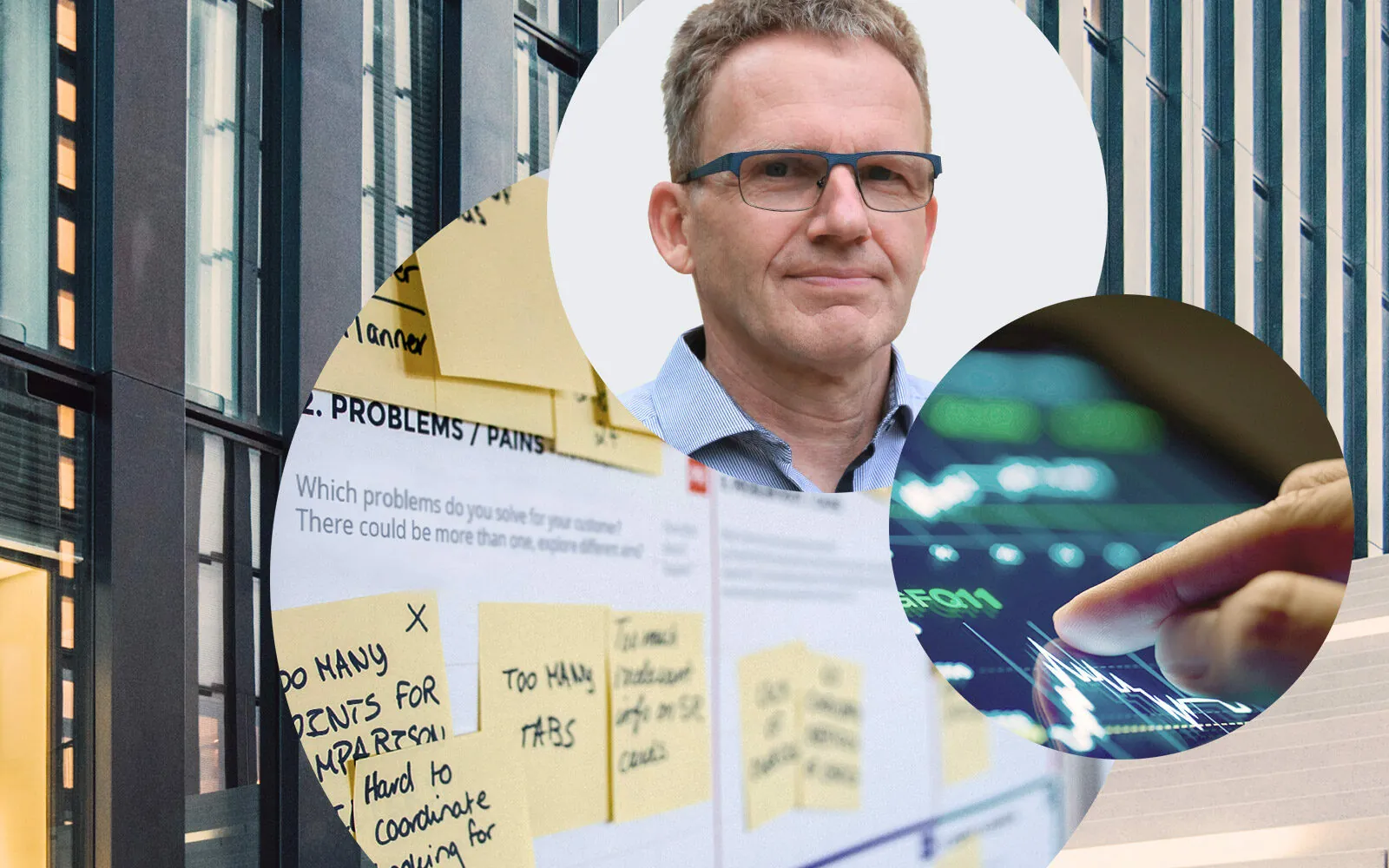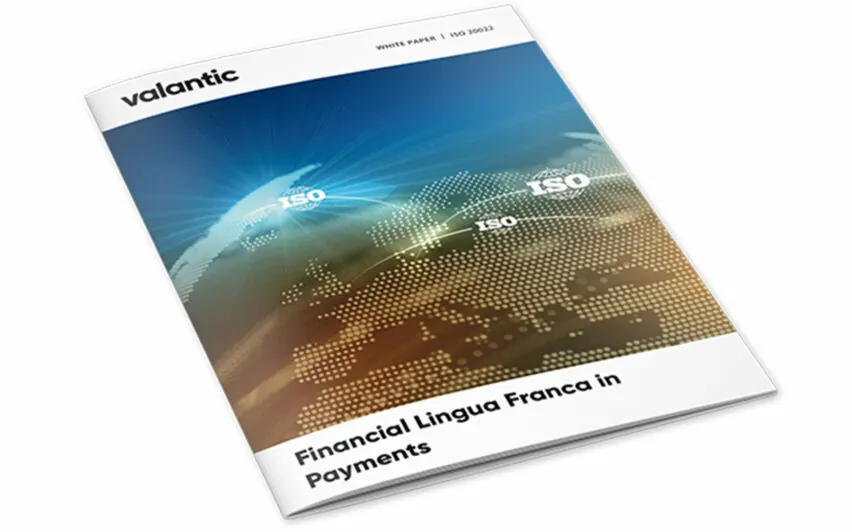ISO 20022: No time to lose despite postponement
June 22, 2020

June 22, 2020

SWIFT has decided to postpone the start of the upcoming ISO 20022 migration by one year, to November 2022. What does this mean for the financial industry?
Like many other industry branches, the financial industry is suffering from the currently prevailing situation caused by the radical changes in the working environment due to home office and everything related to Corona. As a result, other process changes have moved up the agenda. The decision to postpone the starting signal is comprehensible but should not lead to banks and financial institutions feeling a false sense of security. The European Central Bank still schedules the migration from Target2 to ISO 20022 for November 2021. This means that banks also have to prepare for a migration. It is important to focus on the uniform communication standard in order to be fully capable and not lose any time.
Can banks now breathe a sigh of relief thanks to the postponement?
No, quite the contrary. Previously, banks could prepare for and realise a “big” ISO migration. Target2 migrates with a big bang in November 2021 and originally SWIFT should begin with a transition phase at the same time. In theory, it was possible though to process only ISO 20022 messages as of November 2021.
But now, the SWIFT postponement forces banks to process two formats in parallel for a period of one year which further intensifies complexity.
Regulatory provisions are prescribed – are there any opportunities for banks behind the standard?
Legal provisions not always have a good image and it also applies here. However, in the recent decades, banks have made far less progress in digitalization than it would have been reasonable. At the same time, margins decrease and cost pressure increases – and globalisation will also continue to progress. The current processes did not allow a proper “end-to-end” processing within the process chains. Now, ISO 20022 brings various possibilities to digitalise and automate processes. At the same time, banks have to perform numerous checks – fraud and embargo detection and complaints have to be processed, too. This is easier and more cost-effective via electronic process chains. If all business partners take full advantage of the uniform language standard, a plethora of advantages appears. A prerequisite to bring out these potentials is certainly the use of adequate software solutions.
What is wrong with upstream conversion solutions being implemented as simple module within the banks?
Mere conversion solutions hardly help the industry as data quality would dilute. Both institutions involved would have to convert, probably there is a third instance involved that also converts. Who could guarantee that all parties actually use an identical database? It simply cannot be guaranteed. Moreover, the banks bear the final responsibility for the conversion results – this means: If the bank made a mistake, it would also bear the consequences.
Which other potentials are concealed behind the new communication standard?
As a matter of fact, digitalization offers some chances which may not clearly be seen from the banks’ perspective yet. Every day, datasets arise – and they are appropriate for much more than only filing. Here the uniform standard helps, too – because in every bank, the data exists in identical format. We at valantic are already prepared for this and our products already speak ISO 20022.
In the near future, Artificial Intelligence will also enable added value from transaction data and the bank clients can also be digitally connected and thus more integrated in the processes. Integrating portals and customer banking systems in the settlement of transactions is one important element of it. Our applications already support the new requirements. The general rule remains: no time to lose despite postponement.

Would you like to learn more about the ISO 20022 transformation and migration?
You can download our free white paper here
We may also enter into the dialogue together!
Don't miss a thing.
Subscribe to our latest blog articles.